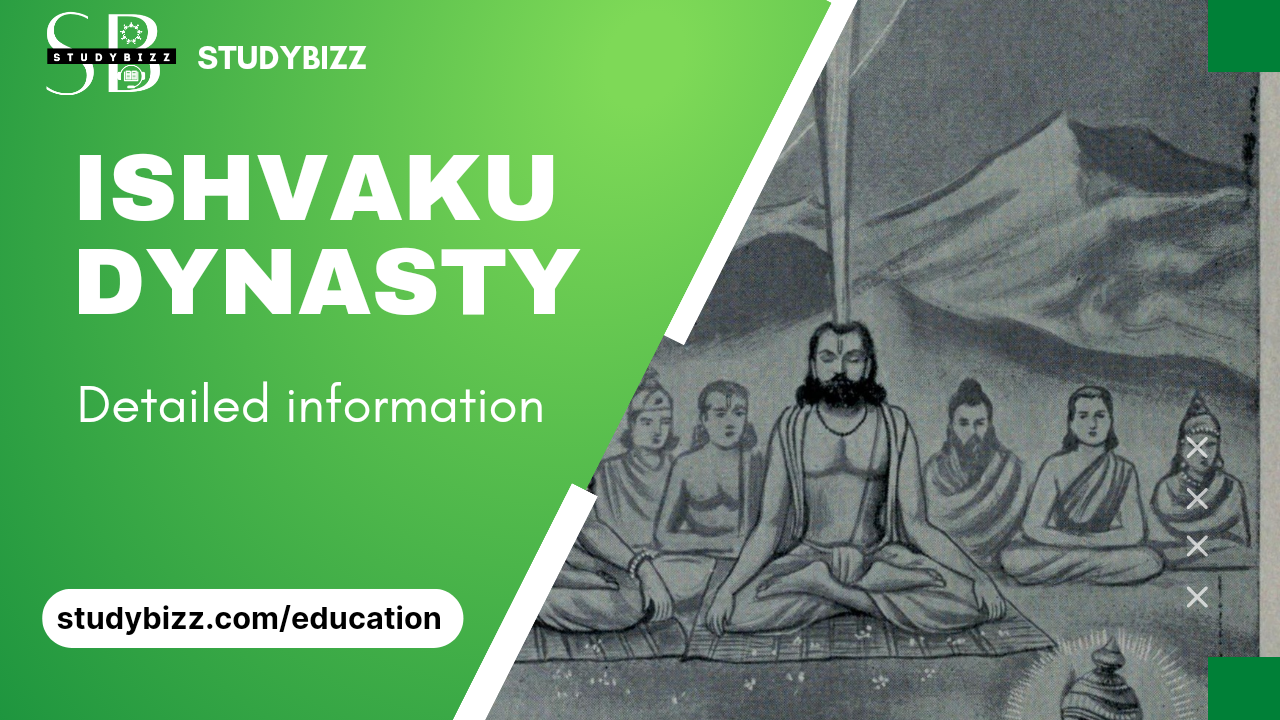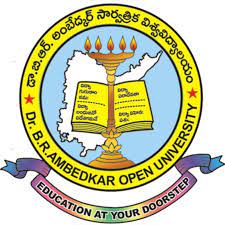The Andhra Ikshvakus were a dynasty that ruled over the ancient kingdom of Andhra in what is now the Indian state of Andhra Pradesh. They were descendants of the Ikshvaku dynasty, which was founded by the mythological king Ikshvaku, the son of Vaivasvata Manu.
Origin & Timelines
The Andhra Ikshvakus ruled from the 2nd century BCE to the 3rd century CE, and their capital was located at Amaravati. During their reign, they were known for their military conquests and cultural achievements. They were also patrons of the arts, and many of the famous temples and sculptures in Andhra Pradesh were built during their reign. The Andhra Ikshvakus were eventually conquered by the Gupta Empire in the 4th century CE.
Hierarchy
The hierarchy of the Andhra Ikshvakus was likely similar to that of other ancient Indian kingdoms, with a king or queen at the top followed by various levels of nobles and officials.
At the top of the hierarchy was the king or queen, who held ultimate authority over the kingdom and its subjects. The king or queen was advised by a council of nobles and officials, who were responsible for managing various aspects of the kingdom such as military, administration, and taxation.
Below the nobles and officials were the common people, who were divided into various classes based on their occupations and social status. At the bottom of the hierarchy were the peasants, who worked the land and paid taxes to the king. There were also merchants, artisans, and traders, who formed the middle class of society.
Overall, the hierarchy of the Andhra Ikshvakus was likely highly stratified, with the king and nobles holding the most power and influence, and the common people having little power or influence.
Administration
The administration of the Andhra Ikshvakus was likely similar to that of other ancient Indian kingdoms, with a centralized system of government that was headed by the king or queen. The king or queen was advised by a council of nobles and officials, who were responsible for managing various aspects of the kingdom such as military, administration, and taxation.
The Andhra Ikshvakus were known to have a well-developed system of administration, with a bureaucracy that was responsible for managing the various functions of the state. This included the collection of taxes, the maintenance of law and order, the administration of justice, and the management of public works.
The Andhra Ikshvakus were also known to have a well-developed system of local government, with various officials responsible for managing the affairs of each district or region. These officials were appointed by the central government and were responsible for enforcing the laws and collecting taxes in their respective areas.Overall, the administration of the Andhra Ikshvakus was likely highly centralized, with the king or queen holding ultimate authority over the kingdom and its subjects.
Economy
The economy of the Andhra Ikshvakus was likely based on agriculture, with the majority of the population engaged in farming and other related activities. The Andhra Ikshvakus were known to have a well-developed system of irrigation, which allowed them to grow a variety of crops such as rice, wheat, pulses, and vegetables.
In addition to agriculture, the Andhra Ikshvakus also had a thriving trade and commerce sector. They were known to have a well-developed system of trade routes, which connected them to other parts of India and beyond. They traded a variety of goods such as textiles, spices, and precious metals, and they were also known to produce high-quality crafts such as sculptures and jewellery.
The Andhra Ikshvakus were also known to have a well-developed system of taxation, which was used to fund the various functions of the state. They collected taxes from the people, as well as from traders and merchants who passed through their kingdom.
Overall, the economy of the Andhra Ikshvakus was likely diverse and well-developed, with agriculture, trade, and commerce all playing important roles
Culture
The culture and religion of the Andhra Ikshvakus was likely influenced by the various cultures and religions of the region, including Hinduism and Buddhism.
The Andhra Ikshvakus were known to be patrons of the arts, and many of the famous temples and sculptures in Andhra Pradesh were built during their reign. They were also known to support the development of literature and the arts, and many famous works of literature and art from this period survive to this day.
In terms of religion, the Andhra Ikshvakus were likely followers of Hinduism, which was the dominant religion of the region at the time. However, they were also known to be open to other religions, and there were likely many followers of Buddhism and other religions within the kingdom.
Overall, the culture and religion of the Andhra Ikshvakus was likely diverse and tolerant, with a rich tradition of art, literature, and religion.
Art & Architecture & Literary works :
The art and architecture of the Andhra Ikshvakus was known to be highly developed and influenced by both Indian and Buddhist traditions. Many famous temples and sculptures in Andhra Pradesh were built during their reign, and these are known for their intricate carvings and elaborate designs.
One of the most famous examples of Andhra Ikshvaku art and architecture is the Amaravati School of Art, which was known for its highly skilled sculptors and carvers. The Amaravati School produced many famous sculptures and temples, including the famous Amravati Stupa, which is now a UNESCO World Heritage Site.
In terms of literature, the Andhra Ikshvakus were known to support the development of literature and the arts. Many famous works of literature from this period survive to this day, including the Amaravati Mahasati, a Buddhist text that was written in the Pali language.
Overall, the art and architecture and literary works of the Andhra Ikshvakus were highly developed and influenced by a variety of cultural and religious traditions.
Fall of the Andhra Ikshvakus
The fall of the Andhra Ikshvakus occurred in the 4th century CE, when they were conquered by the Gupta Empire.
The Andhra Ikshvakus had ruled over the kingdom of Andhra for several centuries, and they were known for their military conquests and cultural achievements. However, they faced increasing pressure from the Gupta Empire, which was expanding its territory at the time.
The Gupta Empire eventually succeeded in defeating the Andhra Ikshvakus and conquering their kingdom. This marked the end of the Andhra Ikshvakus as a ruling dynasty, and their kingdom was absorbed into the Gupta Empire.
The fall of the Andhra Ikshvakus had a significant impact on the region, as it marked the end of an era of independence and the beginning of a period of rule by the Gupta Empire. However, the cultural and artistic achievements of the Andhra Ikshvakus continue to be celebrated and remembered to this day.





Leave a Reply